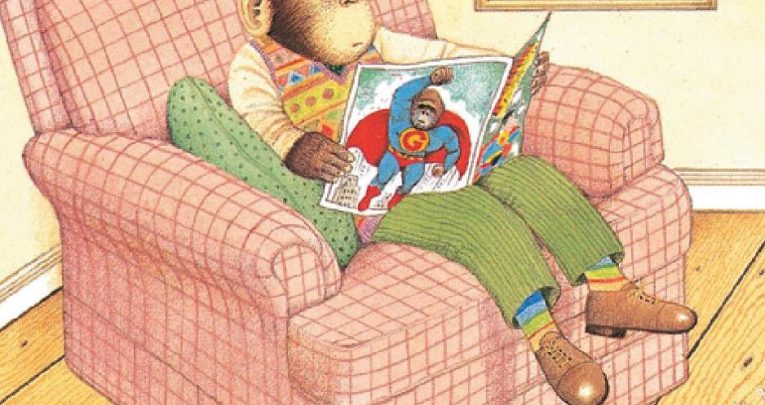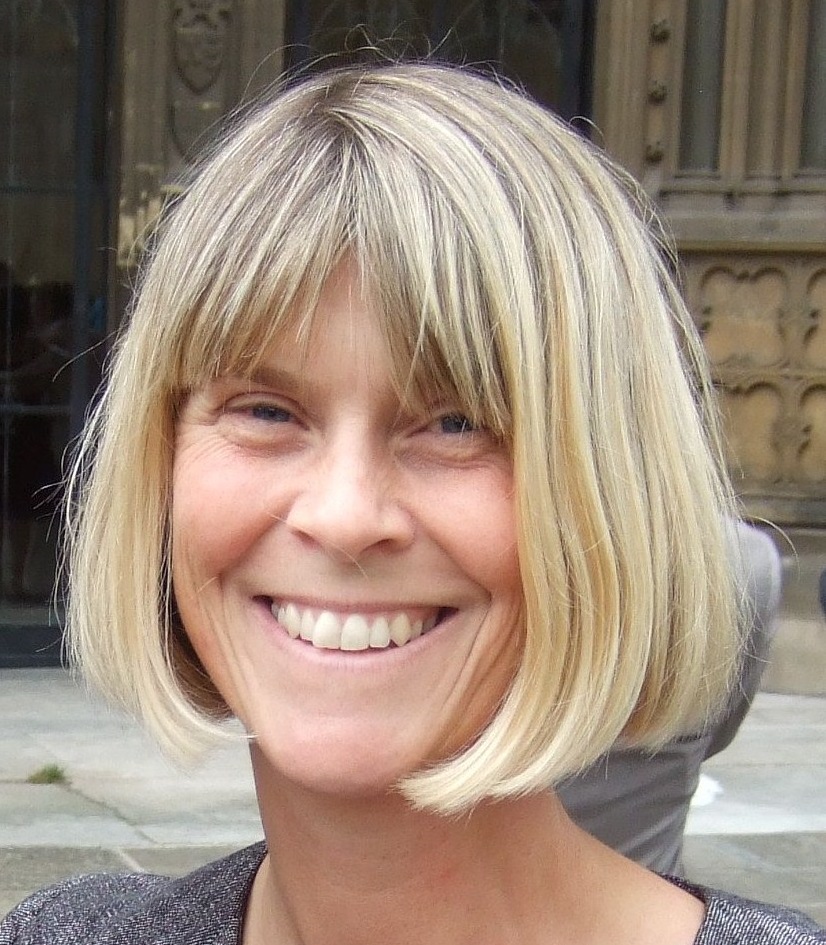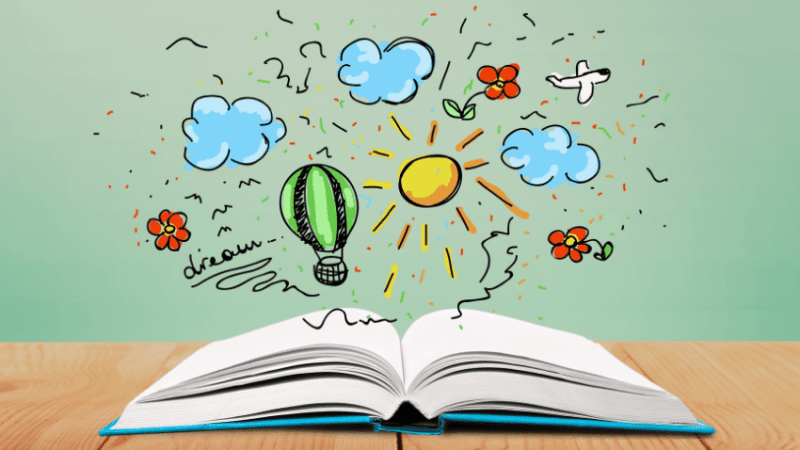KS2 Book Topic: Develop Visual Literacy And Explore The Surreal With Anthony Browne

The pictures in Anthony Browne’s books often tell a different story to the words, and getting children to fill in the gaps between the two is rich and rewarding work, says Carey Fluker Hunt…

- by Carey Fluker Hunt
- Creative learning consultant, writer and former teacher Visit website

Browse through any picturebook by Anthony Browne and you’ll soon get a sense of the scope and power of his work. From the reassuring domesticity of Dad to the dysfunctional family in Piggybook, readers embark on a journey from the familiar into places in which little is predictable and everything can be challenged.
Take Voices in the Park, for example, in which four narrators offer different perspectives on the same event, or Changes, in which a child’s sense of unease about his family is revealed by the way that household objects are transformed. These books grab our attention by drawing us into detailed and unsettling worlds that are quite simply impossible to ignore, and make a rewarding starting point for discussion and creative work with older children, as well as younger ones.
Discover the detail
Start by sharing Changes with your class. What’s happening in this book? Are the objects really changing? If not, why do they look as if they are? Talk about what isn’t being shown (the events ‘off stage’; the anxieties and emotions…) How is Joseph feeling, and how can we tell? Look for hidden details. Why did Browne choose to include them, and what effect do they have?
Browne has always been interested in dreams, symbols and transformations – not just for their visual possibilities, but because they help him explore the emotional landscape of a book and make deeper connections with his readers.
Investigate dreams and symbols
What happens in your dreams? Do you think about them when you’re awake? Has a dream ever told you something about your feelings that you didn’t know?
Collect dream-elements and categorise your material. Is it possible to use a single image or symbol to represent a category? For example, a fire to represent anger, or wings to represent flight.
Dreams link to our subconscious, and being aware of our subconscious can help us be more imaginative and creative. This idea lies at the heart of Surrealism.
Find out about Magritte and Dali (who influenced Browne’s work) before exploring some of the books listed below. Put on your Surrealist hats and look more closely at the illustrations to find as many dream-details and hidden clues as you can. Can you make any connections with the dream elements you collected earlier?
Are the hidden objects in Browne’s pictures ‘real’? Or do they represent something: an idea, perhaps, or an emotion? To Browne, these details are visual similes whose function is to make us question and connect. The trees in The Tunnel aren’t really turning into wolves (but Rose is frightened that they might) and the visitors in Zoo aren’t animals. They just behave like them.
In fact, Browne doesn’t go in for what he calls a ‘departure from reality’. His books often begin and end with domestic events, and the surrealist details are there to draw our attention to the psychological landscape of the story.
EXPLORE THE SURREAL IN…
The Tunnel; Into the Forest; Changes; Alice’s Adventures in Wonderland; Hansel and Gretel; Gorilla; Zoo; Piggybook; Little Beauty; King Kong; Voices in the Park
Transform your view
As well as including hidden clues in his books, Browne also enjoys transforming objects. What is it, for instance, about the objects in Changes that suggest their ‘alter egos’?
Make a ‘thought collection’ of transformable objects. Create before and after pictures to show the transformations in action: a table could turn into a horse, for example, or a saucepan could become a fancy hat.
Gather some ordinary household objects together. Choose two, then combine them to produce something new. Think about the appearance, composition and characteristics of each object before creating your hybrid.
We don’t always need to witness a transformation to believe in it. People are good at seeing what they want to see (and giving objects a status or characteristics that they don’t possess – something that’s used by advertisers the world over).
Choose an object and transform it solely by the power of speech. Visualise your transformation, then tell everyone what your object has become – a length of hosepipe could become an exotic fortunetelling snake, for example, and a crumpled newspaper a treasure map. Transform your object by the power of speech alone, encouraging wild claims and vivid language as you sell your wares. When you’ve finished, examine some commercial adverts and work out what you’re being invited to believe. Why do some things cost more than others that look very much the same?
“Is Willy a real person?”
It’s a tribute to Browne’s art that a child was able to ask him this question about Willy the Wimp – who is, of course, a chimpanzee!
Browne is known for his animal protagonists. “The apes I write about are people in all but appearance,” he says.
Choose an animal. What characteristics does it possess? What skills, and what abilities? This animal is going to inspire the creation of a new picturebook character – a human! Which of your animal’s attributes will you include?
Create a quiz with questions such as ‘What’s your favourite food?’ and ‘What are you frightened of?’ to help you find out more about your character before drawing it.
Will it end up looking like a person, or the animal that inspired it?
Shake up your subconsCIOUS
Another way to explore surrealist ideas is by playing the Shape Game. Browne uses this technique when he wants to generate ideas. Draw an outline, then invite someone to transform the shape into an object. This game is explored in The Shape Game, in which the family from Zoo visit an art gallery.
Become art investigators
Browne tries to make his pictures tell most of the story and is interested in the way that words and images work together – “I like to include…gaps between the two components that the reader has to fill…” His books are a great way for children to explore the impact of composition, style and page layout on the reader’s experience.
This ability to ‘read’ and talk about pictures is a key life skill. And in this world of advertising and manipulative imagery, it’s important to be more critically aware!
Share Voices in the Park. What do the pictures tell us about the way each character thinks and feels? Encourage children to look closely and ask lots of questions.
Talk about colour and what it suggests. Talk about style. Has the image been drawn loosely? With a hyper-realistic attention to detail? Or in some other way? Talk about size and scale. Is this image a close-up or does it show a long perspective? Talk about framing. What could a heavy frame tell us, and why might an object or person break through it? Talk about point of view. If this image were a photograph, where would the photographer be? What does this add to our experience?
Talk about gaze. Where are the characters looking, and why? Talk about the chosen medium (such as charcoal or watercolour) and its impact. Talk about the lighting. Where’s it coming from, and why? Are there any shadows? Talk about pacing. Is there a single picture on a page, or several? Are we encouraged to take our time or turn the page quickly? And talk about those hidden details… why are they there?
Now apply your critical skills to Zoo, Hansel and Gretel or The Tunnel before splitting into pairs to explore a wider collection of Browne’s work.
Build on what’s been learned by writing about it. Report on what you’ve done, write explanatory guides to help other children get more out of a specific title or contribute an article to a class magazine about Anthony Browne.
Develop visual literacy
In 2001-2 Anthony Browne was artist-inresidence at Tate Britain as part of the Visual Paths project, which explored the use of great works of art to inspire children’s literacy development. Many of Browne’s books already featured classic works of art, either as a background detail or as part of the main narrative (as in Willy’s Pictures); The Shape Game was a direct outcome of the residency.
Wearing your ‘art investigators’ hats, work in pairs to explore images from Willy’s Pictures. On a large sheet of paper, write as many questions about the story behind each image as you can (e.g. why does that chimp look so surprised?) Circle the questions that most interest you and try to answer them. Lead into storymaking and storysharing.
Behave like an illustrator
Here are a few suggestions of ways you and your pupils can breathe new life into some favourite picture books:
Illustrators look closely at everything around them and pay attention to colours, textures, shapes and details. They think imaginatively and ask lots of questions. What if… that wheel turned into an apple? What if… the people visiting the zoo were like animals? What if… the trees were hiding a wolf? A pumpkin? An axe?
Get sketching
Give children a small sketchbook for recording notes and ideas. Illustrators use different methods from quick thumbnail sketches to full-page drawings – look at some artists’ sketchbooks (which can be quite messy) to show children what’s possible. Hold one-to-one ‘sketchbook reviews’ and allocate time for children to develop their ideas into pictures.
Make a picturebook
Being an illustrator is a bit like being a film director. Imagine filming everything that happens to you in a single day. It would be long and boring! What would you cut to make it more interesting? Now try making a picturebook about your day, instead of a film.
Explore the shape game
Challenge children to doodle as a way of connecting with their subconscious. Encourage them to look carefully and draw from life, to be positive and confident and to critique each other’s work with sensitivity. Welcome different styles and approaches; share outcomes and value them.
Play with pictures
Visit an art gallery and choose paintings to act as a starting point for new stories. Create Willy’s Pictures-style illustrations with them.
Carey Fluker Hunt is a freelance writer, children’s book ambassador and creative consultant.










